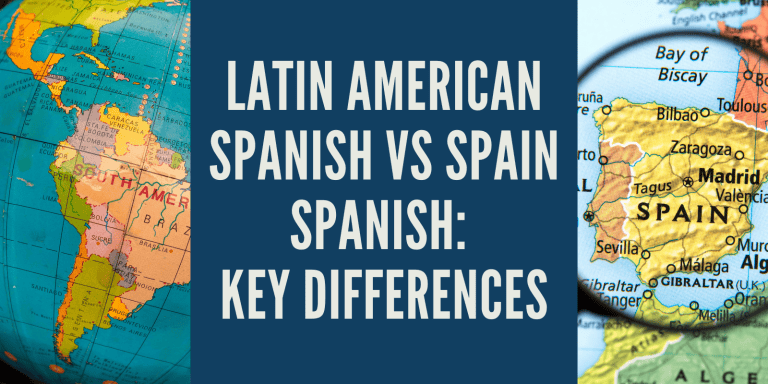21 Spanish-Speaking Countries: Full List and Facts
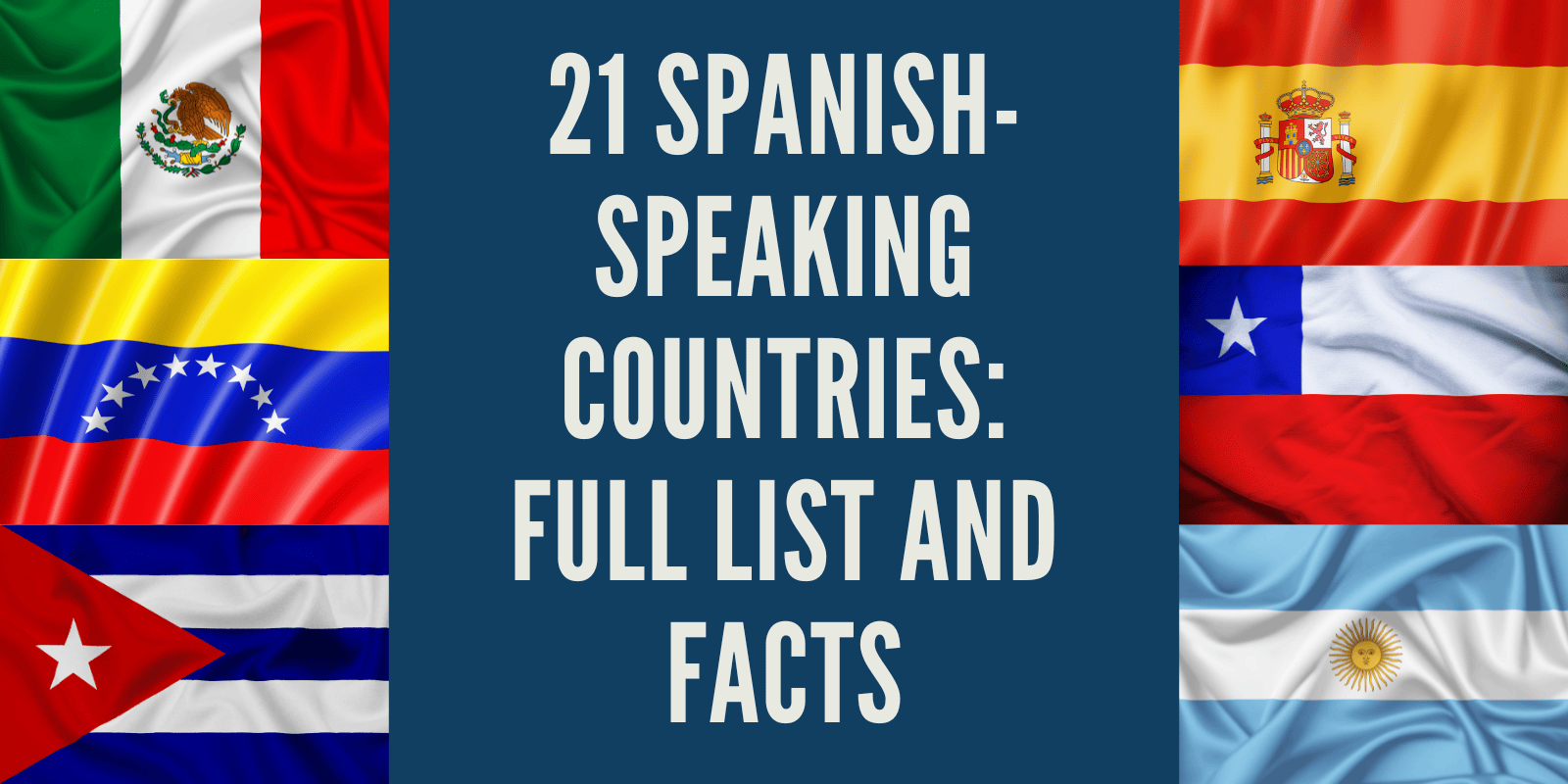
There are 21 Spanish-speaking countries in the world, which together are home to almost 500 million Spanish speakers.
These countries span Europe, Latin America, Africa, and the Caribbean. Spanish is their official language, used in schools, government, and daily life.
Add to that, if we include non-native speakers, 600 million people speak Spanish worldwide, making it the second most spoken language in the world.
From Spain, where the Spanish language originated, to Mexico, the largest Spanish-speaking nation, each country adds its own accent, vocabulary, and culture.
In this article, you will see the complete list of 21 Spanish-speaking countries. Along with the names, you will also find capital cities, population figures, and a few unique facts that show how the Spanish language is used across the world.
What Counts as a Spanish-Speaking Country?
A Spanish-speaking country is one where Spanish has official language status. This means the language is used in schools, government, media, and official documents. It is not just common in daily life; it is legally recognised as the national language.
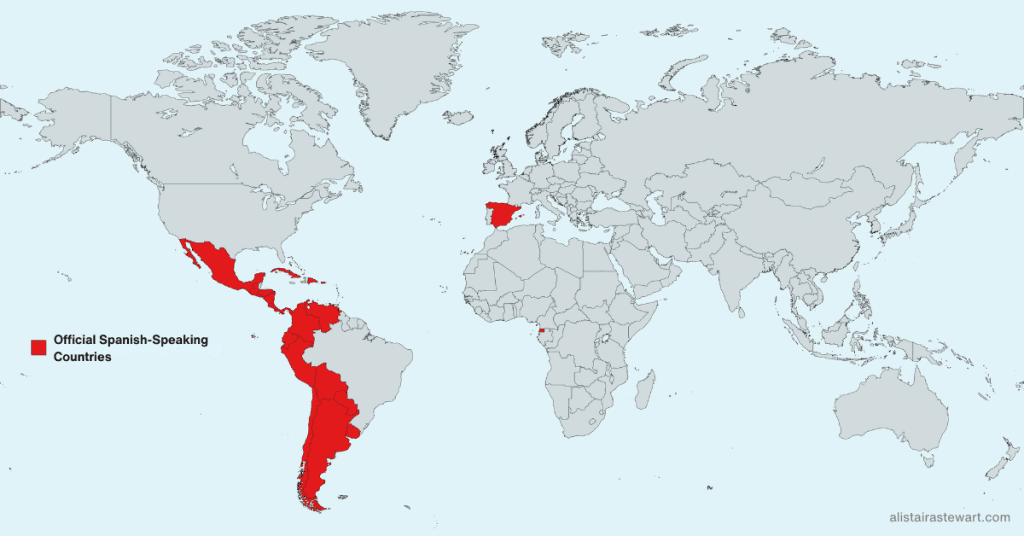
Some nations also use Spanish as a co-official language. In Paraguay, for example, Guaraní shares equal status with Spanish. In Bolivia, more than 30 indigenous languages are also recognised.
It is important to distinguish between countries where Spanish is an official language and those where it is only a secondary language. The United States has millions of Spanish speakers, but English is the primary language, so it is not included in the list of official Spanish-speaking countries.
The Spanish language originated on the Iberian Peninsula and is a Romance language that developed from Vulgar Latin. Through the Spanish Empire, the language spread across Latin America, the Caribbean, and parts of Africa. Today, it remains one of the most widely spoken languages in the world.
Official Language and Regional Variations
With 21 Spanish-speaking countries around the world, the language has naturally developed regional differences.
The most significant contrasts are between Latin American Spanish and European (Spain) Spanish. While it is the same language, you’ll notice changes in pronunciation, vocabulary, and grammar depending on where it is spoken.
Even simple greetings change depending on where you are, reflecting local culture and customs. Take a look at my full guide to see how such a basic word like ‘Hi‘ varies between countries.
The Full List of 21 Spanish-Speaking Countries
There are 21 Spanish-speaking countries in the world. Each has Spanish as an official language and millions of native Spanish speakers.
Spain is the origin of the language, Mexico is the largest Spanish-speaking country by population, and Equatorial Guinea is the only nation in Africa with Spanish as an official language.
Quick List of Spanish-Speaking Countries:
- Spain
- Mexico
- Argentina
- Colombia
- Peru
- Chile
- Venezuela
- Ecuador
- Bolivia
- Paraguay
- Uruguay
- Cuba
- Dominican Republic
- Puerto Rico
- Panama
- Costa Rica
- Nicaragua
- Honduras
- El Salvador
- Guatemala
- Equatorial Guinea
In the sections that follow, you will see each country in more detail, including its capital city, population, and the way Spanish is spoken there.
Europe
Spain – The Origin of the Spanish Language
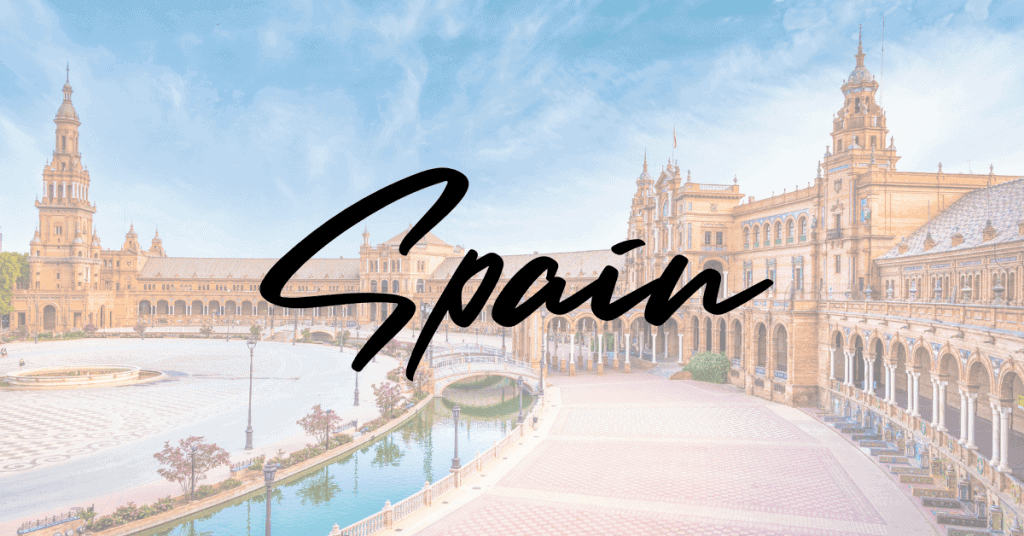
- Capital: Madrid
- Population: 47.9 million
Spain is where the Spanish language originated.
Located on the Iberian Peninsula, it developed from Medieval Spanish, itself rooted in Vulgar Latin. Through the Spanish Empire and centuries of Spanish rule, the language spread to the Americas, the Caribbean, and Africa.
Today, around 43.5 million native speakers live in Spain, with dialects including Catalan and Galician showing the country’s rich linguistic variety.
Latin America – South America
Mexico – Home to the Most Spanish Speakers
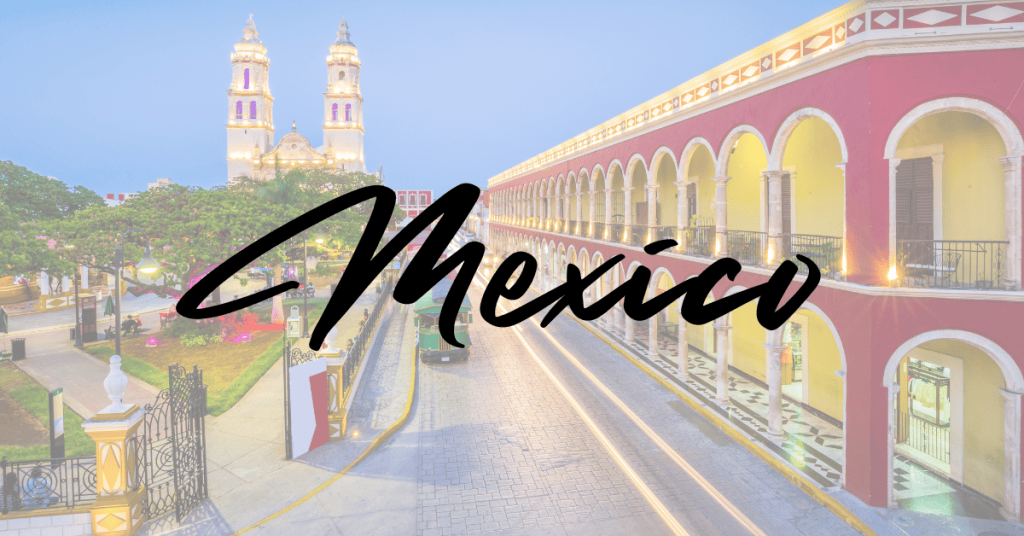
- Capital: Mexico City
- Population: 131.9 million
Mexico is the largest Spanish-speaking country in the world, with around 127 million native speakers.
Mexican Spanish includes many unique slang words and draws influence from indigenous languages like Nahuatl.
Mexico City is also one of the largest Spanish-speaking cities, shaping trends in vocabulary and media across Latin America.
Argentina – Unique “Sh” Pronunciation

- Capital: Buenos Aires
- Population: 45.9 million
Argentine Spanish is famous for its Rioplatense accent, where “ll” and “y” sound like “sh.”
Instead of tú, speakers use vos, and Buenos Aires is known for its rich slang tradition called lunfardo. These features make Argentina’s Spanish one of the most distinctive in South America.
Colombia – Neutral Spanish Accent

- Capital: Bogotá
- Population: 53.5 million
Colombia is often praised for having one of the clearest forms of Spanish. Many language learners choose to study here because the accent is easy to understand and widely studied.
With about 51.7 million Spanish speakers, Colombia is a central part of the Spanish-speaking population in South America.
Peru – History and Ancient Ruins

- Capital: Lima
- Population: 34.6 million
Peru is known for its blend of Spanish with indigenous languages, especially Quechua.
The country’s history includes ancient ruins like Machu Picchu, which attract millions of visitors each year.
Peruvian Spanish carries words and expressions influenced by these indigenous languages, making it unique within the region.
Chile – Fast and Distinctive Accent

- Capital: Santiago
- Population: 19.9 million
Chilean Spanish is famous for its fast pace and dropped sounds, which can be challenging for learners. Locals use many slang words that differ from those in the rest of Latin America.
From Santiago’s bustling streets to coastal towns, Chilean Spanish carries a rhythm that sets it apart from its neighbours.
Venezuela – Caribbean Coast Influence

- Capital: Caracas
- Population: 28.5 million
Venezuelan Spanish has a strong Caribbean flavour, with influences from the Caribbean Sea coast and indigenous languages. The accent is musical and lively, often compared to Cuban and Dominican Spanish.
Caracas remains the cultural hub where this style of Spanish is most widely heard.
Ecuador – Andean Spanish

- Capital: Quito
- Population: 18.3 million
Ecuadorian Spanish is known for its clear Andean accent. It blends Spanish with vocabulary from indigenous languages such as Quechua.
Quito, the capital city, sits high in the Andes, and its Spanish reflects the traditions of the mountain region.
Bolivia – The Most Multilingual Spanish Country

- Capitals: Sucre (constitutional), La Paz (administrative)
- Population: 12.6 million
Bolivia is one of the most multilingual countries in Latin America. Spanish is the main language, but more than 30 indigenous languages are also co-official.
The result is a rich mix of expressions and accents that vary widely from one region to another.
Paraguay – Spanish & Guaraní Together

- Capital: Asunción
- Population: 7 million
Paraguay is officially bilingual, with both Spanish and Guaraní recognised as national languages. Most Paraguayans switch easily between the two, creating a distinct version of Spanish influenced by indigenous vocabulary.
This makes Paraguay unique among Spanish-speaking countries.
Uruguay – Relaxed Spanish by the Río de la Plata

- Capital: Montevideo
- Population: 3.4 million
Uruguayan Spanish shares many traits with Argentine Spanish, including the use of vos instead of tú.
The accent around Montevideo is considered soft and relaxed.
Despite being small, Uruguay has a strong identity within the Río de la Plata region of South America.
Latin America – The Caribbean
Cuba – Caribbean Island Nation

- Capital: Havana
- Population: 10.9 million
Cuba is a Spanish-speaking island nation in the Caribbean. Cuban Spanish is shaped by African heritage and Creole languages, giving it a distinct rhythm and vocabulary.
Havana is the cultural centre, where music, dance, and everyday speech showcase the island’s unique Spanish.
Dominican Republic – Fast Caribbean Accent

- Capital: Santo Domingo
- Population: 11.5 million
The Dominican Republic sits on the island of Hispaniola in the Caribbean Sea.
Dominican Spanish is fast, lively, and filled with slang words that set it apart from other varieties.
Santo Domingo is the oldest European-founded city in the Americas and remains a hub of Caribbean Spanish culture.
Puerto Rico – US Territory with Spanish Identity

- Capital: San Juan
- Population: 3.2 million
Puerto Rico is an unincorporated territory of the United States, but Spanish remains central to its identity. Spanish is co-official with English, and most Puerto Ricans speak Spanish as their primary language.
In San Juan and beyond, the island’s Spanish reflects a strong blend of Caribbean culture and American influence.
Latin America – Central America
Panama – Gateway Between Oceans

- Capital: Panama City
- Population: 4.6 million
Panama is best known for the Panama Canal, which connects the Atlantic and Pacific Oceans.
Panamanian Spanish has a clear Central American style with some Caribbean influence.
In Panama City, Spanish mixes with English and other languages due to the country’s role as a trade hub.
Costa Rica – Peaceful Country and “Pura Vida”

- Capital: San José
- Population: 5.2 million
Costa Rica, meaning “rich coast,” is famous for being a peaceful country with no standing army.
Its Spanish is easy to follow and marked by the friendly phrase “pura vida,” used daily by locals.
The capital, San José, is the cultural and political heart of Costa Rican life.
Nicaragua – Distinct Accent and Creole Mix

- Capital: Managua
- Population: 7 million
Nicaraguan Spanish has a distinctive Central American accent and shows influence from indigenous and Creole languages.
Along the Caribbean coast, Creole languages play a stronger role, giving Nicaraguan Spanish a diverse sound.
Honduras – Traditional Central American Spanish

- Capital: Tegucigalpa
- Population: 11 million
Honduran Spanish is considered traditional for Central America. The accent is clear and friendly, though regional slang exists.
Honduras also connects to both the Caribbean Sea and Central and South America, making its Spanish a crossroads of influences.
El Salvador – Small but Mighty

- Capital: San Salvador
- Population: 6.4 million
El Salvador is the smallest country in Central America, but its Spanish has strong character. Salvadoran Spanish includes unique expressions and vocabulary.
In San Salvador, the language reflects a mix of modern city life and deep traditions.
Guatemala – Spanish Meets Mayan Heritage
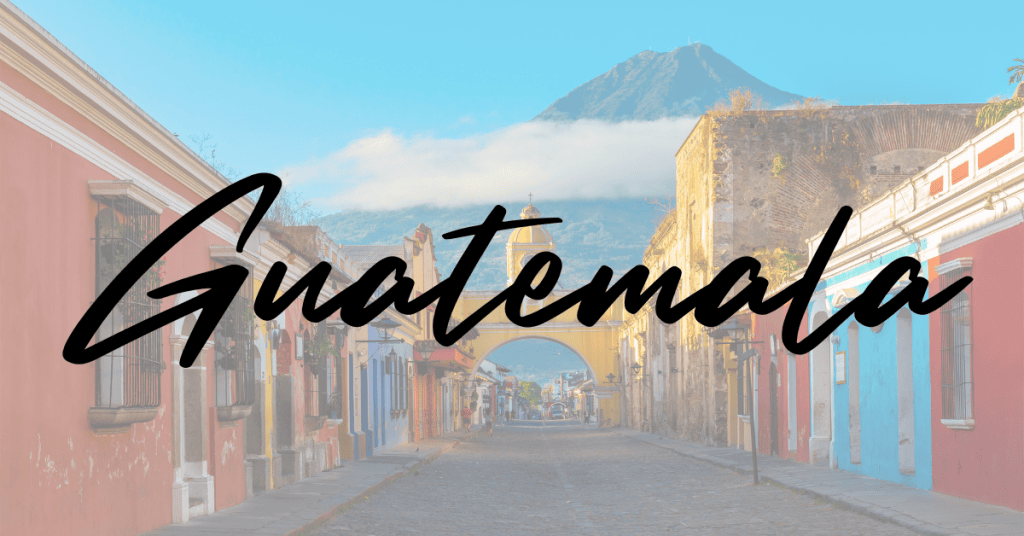
- Capital: Guatemala City
- Population: 18.7 million
Guatemala blends Spanish with a strong presence of Mayan and other indigenous languages. This gives Guatemalan Spanish a distinctive vocabulary and rhythm.
Guatemala City is the largest city in Central America and a hub for Spanish influenced by indigenous culture.
Africa
Equatorial Guinea – Spanish in Africa

- Capital: Malabo
- Population: 1.9 million
Equatorial Guinea is the only Spanish-speaking country in Africa. Spanish has official status alongside French and Portuguese, and it is used in schools, government, and official documents.
Although the population is small, Spanish here reflects both colonial history and modern African culture.
Western Sahara – Spanish Legacy
- Population: 600,900
Western Sahara is not an independent country but a disputed territory.
Spanish influence continues from its time as a former Spanish colony, and many locals still speak Spanish today.
The language remains a reminder of the region’s historic ties to Spain.
Spanish Beyond Official Countries
Spanish in the United States (Bonus)
- Population: 41.3 million Spanish speakers
The United States is not an official Spanish speaking country, but its Spanish speaking population is larger than many nations where Spanish has official status. More than 41 million people speak Spanish at home, making it the second most widely spoken language in the country after English.
Spanish is especially strong in states like California, Texas, Florida, and New Mexico. Cities such as Miami, Los Angeles, and San Antonio have vibrant Spanish-speaking communities.
In fact, the US now has the second-largest population of Spanish speakers in the world, behind only Mexico.
For many Americans, Spanish is a secondary language learned in school or through community use. It is also one of the most widely studied languages across the US. As immigration and cultural ties continue, Spanish remains central to American life, shaping music, media, and daily communication.
Spanish as a Global Language
Spanish is not only spoken in 21 countries, but it is also one of the most widely studied languages in the world. More than 20 million people are currently learning Spanish outside of native speaking regions. This makes it a true global language, important for travel, business, and culture.
In the European Union, Spanish ranks among the most popular foreign languages studied in schools, alongside English, French, and German.
In the United States, millions of students take Spanish classes, making it the most studied language in the country. Across Asia, interest in Spanish is also growing, especially in China, Japan, and the Philippines.
The appeal of Spanish comes from both its wide use and cultural reach. From literature and cinema to music and sports, Spanish connects learners to a huge global community.
I recommend learning Spanish to anyone who wants to learn a second language. It is one of the easier languages for English speakers to learn and allows you to communicate with more than 500 million native speakers worldwide.
Conclusion
These are 21 Spanish-speaking countries across Europe, Latin America, Africa, and the Caribbean.
With 500 million native speakers and 600 million speakers worldwide, Spanish is the second most spoken language in the world.
What makes Spanish special is not just the numbers, but the diversity. Each country adds its own flavour, from the clear Andean Spanish of Ecuador to the fast rhythm of the Caribbean islands. Understanding these differences helps you see Spanish as more than one spoken language. It is a collection of voices and cultures.
For learners, this variety is an opportunity. By choosing where to focus, you can decide your own path. You might learn Spanish for travel, to connect with family, or for career growth. Whatever the reason, every new word brings you closer to a global community.
If you are ready to learn Spanish, now is the time to start. With millions of native speakers and countless resources available, it is one of the most rewarding languages you can study today.
FAQs About Spanish-Speaking Countries
How many Spanish-speaking countries are there?
There are 21 countries where Spanish is an official language, spread across Europe, Latin America, Africa, and the Caribbean.
Which country has the most Spanish speakers?
Mexico has the largest population of Spanish speakers, with over 120 million people.
Is Spanish the same in every country?
No, accents and vocabulary differ. For example, Argentina uses “vos” instead of “tú,” and Spain often uses “vosotros” for “you all.”
Where outside of these countries is Spanish widely spoken?
The United States has over 40 million Spanish speakers, making it the second-largest Spanish-speaking population in the world.
What’s the easiest Spanish to learn?
Many learners start with Colombian or Mexican Spanish because the accents are clear and widely understood.



